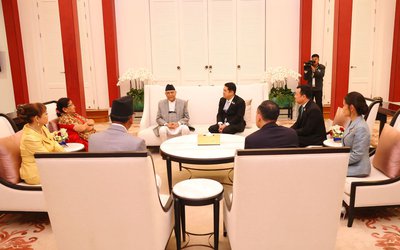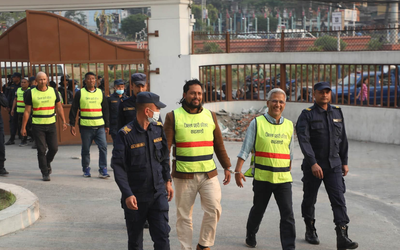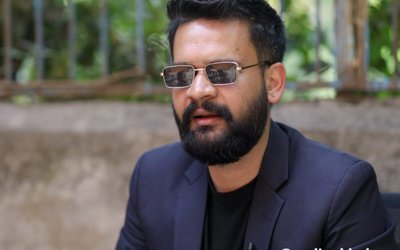More on News





Traveler at Heart
Whenever I have a long weekend break, I do manage to skip off to some places outside Delhi. Travelling has become my new hobby since I arrived in the Indian capital two years ago. Last weekend was no different. Taking a break from the monotonous Delhi life, I decided to head to Meerut, an ancient city and now a major financial hub of Uttar Pradesh (UP). With the prospect of seeing a new place, which never fails to excite me, I started my two hour journey with a college friend as a company and also as a local guide.
Feeling Home
I have mentioned this couple of times before in these columns but I never seem to stop making comparison between places in Nepal and the new places that I visit in India. This déjà vu feeling hit me once again. The city of Meerut looks like any major city of our Terai region. Think of Nepalgunj or Bhairawaha or Biratnagar. The ambience, the lifestyles, the people everything seemed identical. You could hear a shrieking rickshaw horn from one side and from the other side the mooing of an ox pulling a bullock cart. Clad in dhotis and sweat-soaked shirts, people made their way in the streets amidst all the hustle and bustle of vehicles nothing different from our cities. Erratic traffic, loud horns, the piles of rubble and wastes weren’t new to me. And spotting a Mithai Pasal along the streets made my sweet tooth reminiscence the famous Bhairahawa Peda and the incredibly delicious sweets from the Unique Sweets of Biratnagar. In other words, I was home!
History Revisited
Meerut, undoubtedly, has one of the richest histories among the Indian cities. It is said to be one of the places where settlement of Indus valley civilization has been found. It has also been found to be a constituent of the ancient city of Hastinapur, the capital of Pandavas from Hindu epic Mahabharat. Ruled by a string of leaders starting from Muslim Kings to Jats and Marathas later on, the city still gains popularity as the place from where the first anti-British movement started, in 1857, through an army mutiny. The city made headlines later in 1987 for the Hindu-Muslim clashes. With 35 -40 % of Muslims, it is one of the heavily Muslim populated cities of India.
Meerut is distinctly divided into two parts, the old Meerut area and the new one. The old side of the city shares much of its similarities with Old Delhi. Quite interestingly, one of the old houses in this area is believed to be that of Mandodari, the wife of Raavan. Tales of such kind is held by many of the buildings/monuments in the area. The newly planned area, on the other hand, consists of housing colonies, new markets, designer stores etc. Although belonging to one of the most corrupt and unruliest states of India, Uttar Pradesh, the city boasts of infrastructures such as flyovers, train stations and some major industries. It also houses the second largest army cant area in the whole of India. Cruising through these cant areas in the cool evening breeze couldn’t have been more refreshing.
Uulta Pradesh
The two hour journey back to Delhi took me almost four hours, thanks to the completely chaotic traffic. No one seemed to pay heed to the traffic rules and bikes. Cars wheezed pass us with utter rashness. When I talked to the driver at the end of the journey he told me, “Sir, how can you expect things to run perfectly in our state? Everything runs the opposite way. After all the name itself says UP – Uulta (Opposite) Pradesh!”






